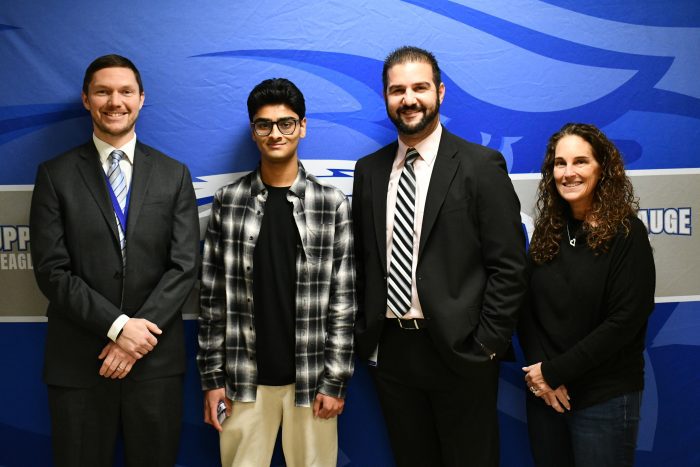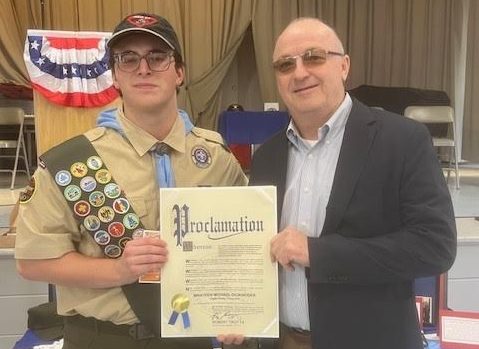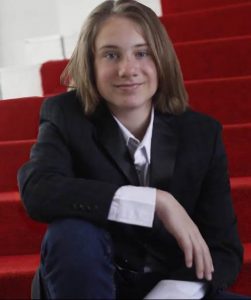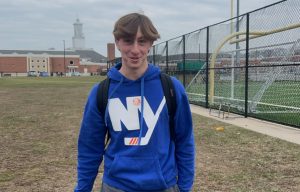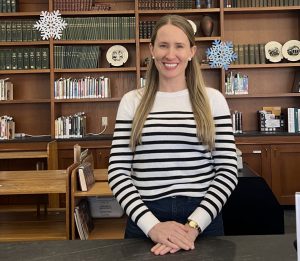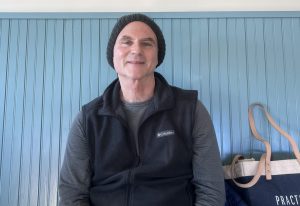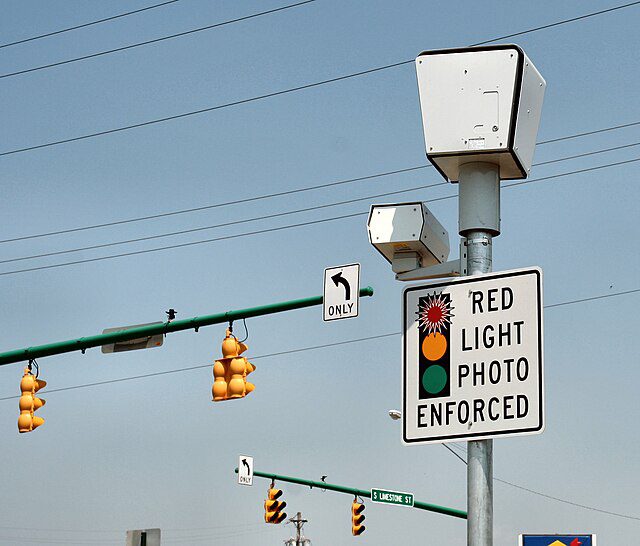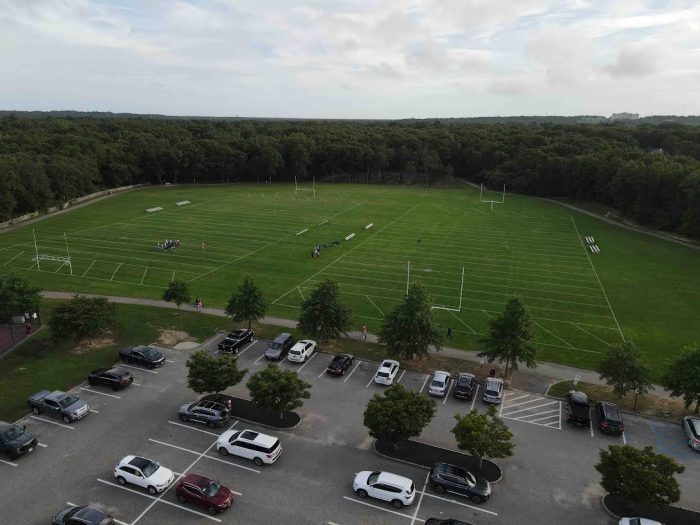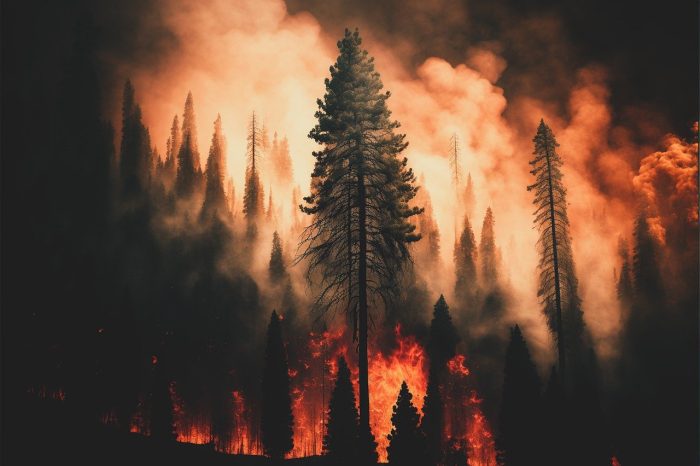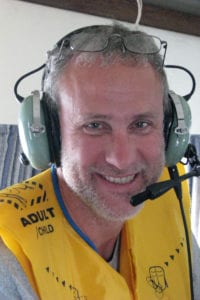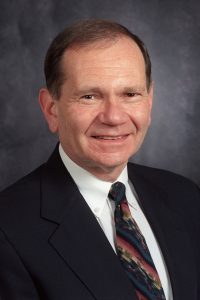By Daniel Dunaief

The back to back days of pardons given by former president Joe Biden and current president Donald Trump put me in a pardoning frame of mind.
In that vein, I think we should have a national day of pardoning in the United States, unrelated to who is president and what those pardons might reflect about the taint politics has on the entire notion of a justice system whose rules can and should apply to all.
Perhaps the day after the inauguration should become a day of amnesty or for some sort of pardoning day, when we can ask for and receive pardons from regular folks for regular offenses.
Here are a few pardonable categories:
Inaction: We sometimes have those moments when we could or should say something and don’t. We see someone bullying someone else and we have the chance to stand up for that person. Instead, maybe we’re relieved that the bullying didn’t come directly at us.
Many years ago in college, one of my professors (and some of you may have read this anecdote before, so pardon me) was berating someone for trying to remove some equipment quietly from the room. He shouted at him and dressed him down, complaining that this other person was making it impossible for him to do his job.
At the time, I thought about getting out of my seat and leaving the room, but I didn’t. I could have helped the person doing the work, or, perhaps, have said something.
Funny is in the eye of the beholder: We sometimes think, hope or believe we’re funnier than we are. Maybe we make a friend or classmate uncomfortable, joke with a partner or invalidate someone else with words we think are more clever than they are. A pardon day could give us a chance to rephrase what we said or, instead of explaining it or editing it, just deleting it from the record. Wouldn’t that be nice? Pardon me for trying too hard to be amusing and missing the mark so badly. Can’t you just see that on a card or in a text?
We thought we knew better: How often have our parents suggested something, like wearing boots in the snow, putting on mittens in the cold, or doing our homework instead of praying for a snow day, and been right? Perhaps an amnesty day would give us a chance to admit that they were right and, in return, they could ask for our pardon for telling the same stories about our stubborn and self-assured nature.
Last teammates: Gym class is filled with opportunities for embarrassment, discomfort and failure. We might let a ball scoot by us, run the wrong way or pass to the wrong teammate. But those pale in comparison to the moment when someone is picked last, yet again. These character-building experiences can and should include moments when the people chosen last defy the odds and receive a welcoming and eager reaction from a captain or teammates.
Understanding instead of anger: It’s easy to react to someone’s angry, abrupt or inexplicable actions with frustration and hostility. Why didn’t this person answer a text or email? Why did he or she cut me off? We can ask for a pardon and perhaps get a better understanding of why someone wouldn’t let us finish a sentence.
Ears not mouth: Sometimes, we need a pardon for speaking instead of listening. Speaking is so much easier, as we can share whatever thoughts are percolating in our brains. Listening is often harder, but can be more rewarding and meaningful for people who have something to share. Pardon me for speaking. What did you want to say? I promise I’m listening.
Bad math moment: Maybe we were splitting a check, leaving a tip or returning the favor for a gift someone gave our children and yet, somehow we didn’t send/ spend enough. We’ve all been distracted at inopportune times, even with money. A pardon for under-tipping a hard working waiter or waitress might go a long way.
Sharing poorly: On a recent vacation, I went up to a buffet, filled a plate with chocolate chip cookies and carried them through the restaurant. A child in the restaurant pointed and said, “Look it’s the real cookie monster.” Yes, that’s me. So, for all those times I didn’t exactly share well, pardon me.




